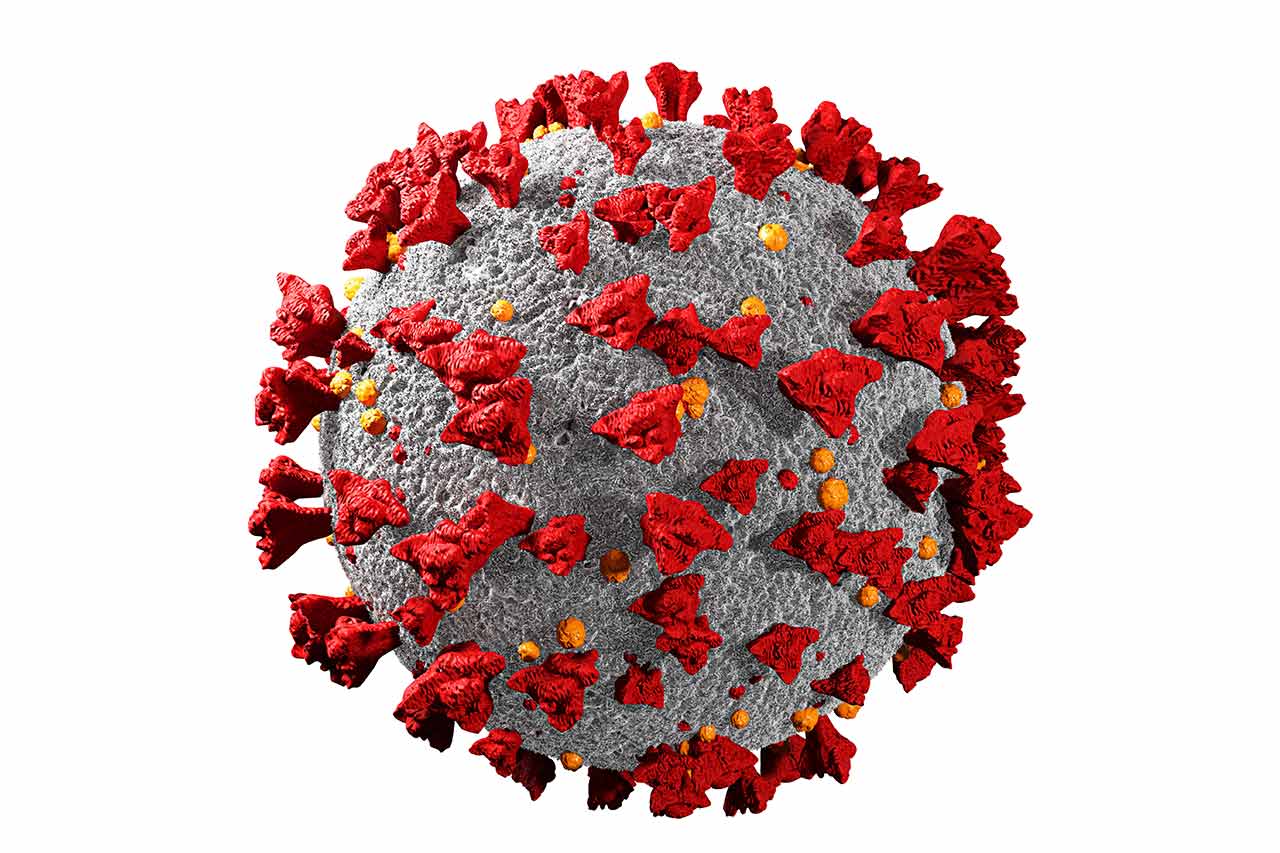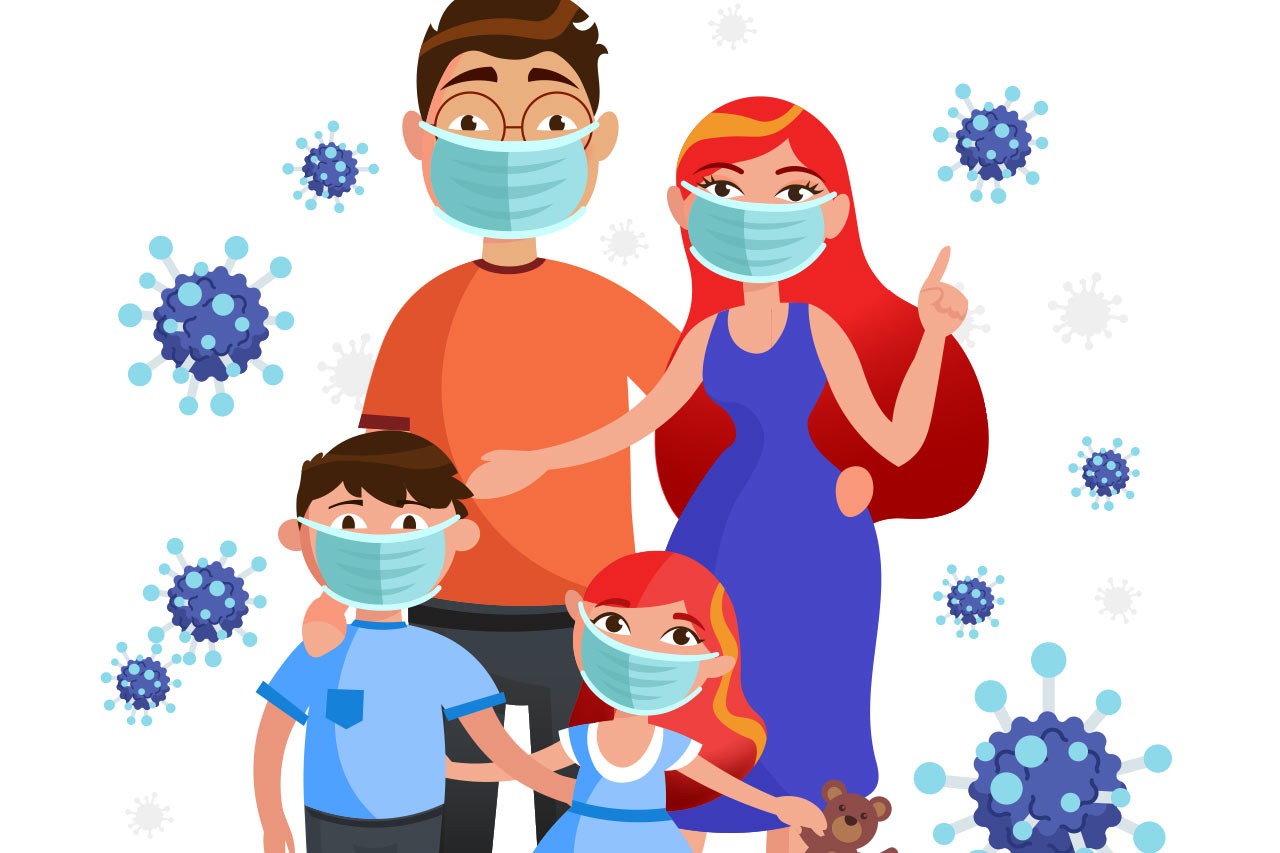Between the end of February 2020 and March 2022, more than 5.4 billion tests have been performed to detect the presence of COVID-19 among people. [1] Over the past two years, the medical and technological advancements in detection, treatment and prevention of COVID-19, as well as the availability of vaccines, have risen new questions with respect to viral spread and possible future scenarios. Today, what if our COVID-19 testing efforts were directed at measuring contagiousness?
Current COVID-19 testing technologies allow to establish positivity
Since the first cases identified in Wuhan at the end of 2019, the vast majority of testing technologies has been developed to detect a status of positivity or negativity to the virus. RT PCR [2] test, RT LAMP [3] tests, antigenic tests allow for the identification of the virus within the organism. For its part, sequencing provides information on the virus DNA to identify the presence of a possible variant.
While focusing more on immunity status, serology tests and IGRA tests provide information on antibodies and on the immunological response of the body to the virus.
Testing positivity to COVID-19 has had a crucial role in the pandemic, partially allowing to track viral spread, monitor diffusion and prevent illness complications. For at risk, vulnerable patients, a positive test allows health care professionals to advise the most appropriate treatments from the very early stages of the illness.
Testing positivity may not be longer sufficient
For people who have had contacts with a lab-confirmed positive case or for those who present symptoms, a test is required to determine whether the person must isolate or not. While legislations strongly vary across geographies, isolation periods can often cause disruptions in the person’s everyday life and may entail important socio-economic costs.
Firstly, long isolations can have a negative impact on essential workers across sectors, such as agri-food, transportation, healthcare, financial and administration, government and security services, industrial and many other professional fields.
Secondly, within certain settings (e.g. healthcare and assisted facilities, retirement homes, detention centres, etc.) and for many families or communities, isolation measures are difficult and expensive to implement.
Thirdly, for some individuals long or repeated isolations periods can have serious repercussions on the person’s safety and overall’s psychological and physical health.
In all of these scenarios, isolations could be terminated if the person was no longer contagious. In many countries (e.g. United Kingdom, Switzerland, France) this is considered to be the case after a 10-days isolation period, and after the disappearance of symptoms. While there is an interest in reducing isolation periods, the question of whether the person may still infect others remains unanswered.
While essential, vaccines alone cannot fully prevent the spread of the virus
Vaccines have been proven to significantly reduce the diffusion of the virus, while preventing the development of a serious symptomatology and death. However, today the possibility to catch and transmit the virus is still present among vaccinated people [5].
Moreover, it is still difficult to single out and assess the specific impact of different measures (e.g. vaccination programs, lockdowns, masks-wearing, etc.) on the global infections reduction [6]. For a vaccinated person who does not develop a serious symptomatology and is hence clinically protected, a remaining key question is whether or not they risk transmitting the virus to others.
Testing contagiousness may be the next frontier of COVID-19 testing
Between 2020 and 2021, none of the >600 tests approved in Europe, North America and in Asia measured contagiousness per se [6], defined as “the likelihood of successful transmission” of the disease [7]. In this sense, the concept is very much new within the COVID-19 testing panorama.
Research on contagiousness should focus on assessing viral load in an area of the body where tests can be easily performed (e.g. nose or mouth) and its link to clinical contagiousness. Such technologies are still early in development. The results of our exploration have shown that testing contagiousness could be the next innovation in managing a virus that is becoming more and more endemic. In fact, it could help reduce isolation periods when possible and allow people to safely return to their activities, fearless of spreading the virus.
To date, a strong clinical and scientific validation on the existing technologies is needed before adopting this form of testing solution. Clinical trials would be required to validate the parameters determining who’s contagious or not. Furthermore, it may also be important to differentiate contagiousness levels before and after the infection peak, to know whether and for how long the person may need to isolate. Certainly, this type of technology would go in the direction of a personalised approach and help safely reduce isolation periods.
The increase in vaccination rates and changes in the virus call out for more information on the person’s status with respect to COVID-19. Today, a positive test result alone may not be sufficient to properly determine the best medical and behavioural follow up for the person. While it might require a shift of mindset and a change in testing practices, conclusions of the Alcimed exploration were clear: testing contagiousness may represent the next frontier for the monitoring of the pandemic.
If your company is active in this field, exploring innovations and new projects in testing technologies could be a great opportunity. And Alcimed is here to support you!
About the authors
Lucia, Consultant and Quentin, Project Manager in Alcimed’s Life Sciences team in Switzerland
[1] https://ourworldindata.org/coronavirus-testing;https://covidtracking.com/data/national/tests
[2] Reverse transcription polymerase chain reaction.
[3] Reverse transcription loop-mediated isothermal amplification
[4] The list is not exhaustive
[5] https://www.cdc.gov/coronavirus/2019-ncov/your-health/about-covid-19/antibodies.html
[6] https://www.icpcovid.com/sites/default/files/2021-02/Ep%20112-16%20Can%20COVID%20vaccines%20stop%20transmission_%20Scientists%20race%20to%20find%20answers.pdf
[7] Rapport 360DX



